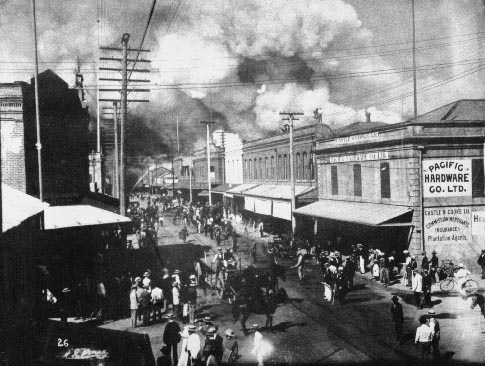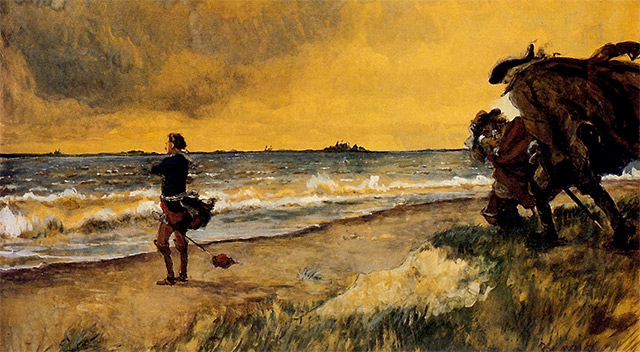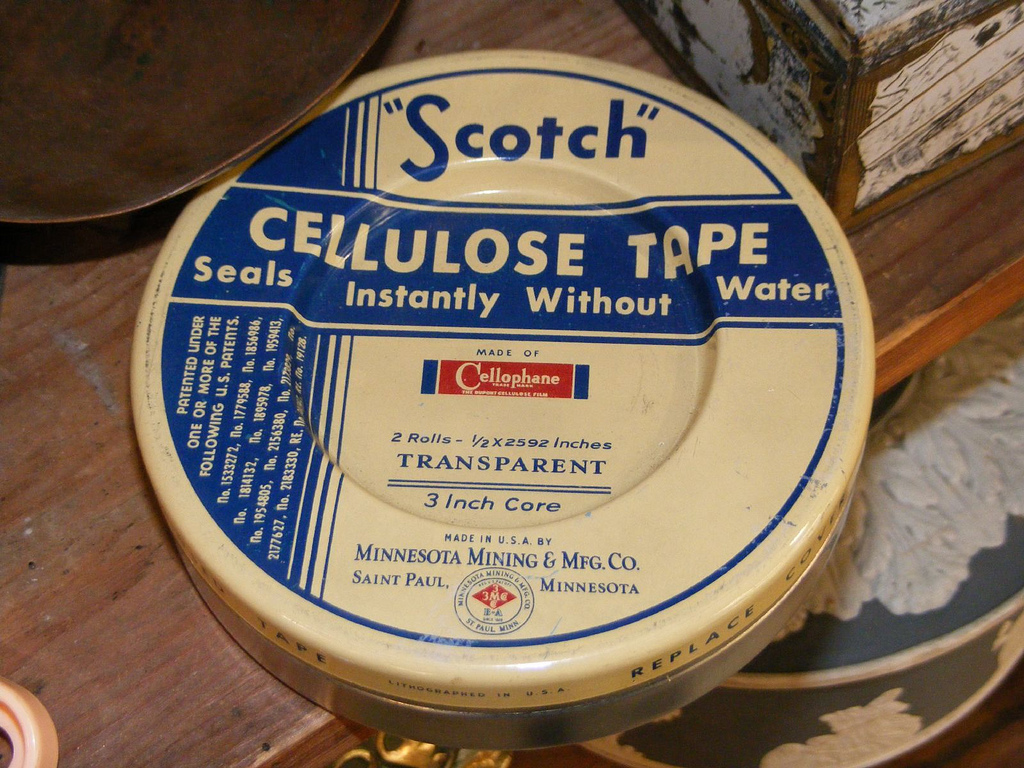Bubonic Plague Outbreak in San Francisco, 1907
 |
| Flea infected with the plague bacterium. |
The first pandemic of the disease was called the Plague of Justinian, and struck in the sixth century AD. The next major outbreak was the one that occurred in the 14th century, and kept recurring throughout the 17th and 18th centuries.
And then there was the Third Pandemic, which began in China in 1855. It spread from China to Hong Kong, and then to British India. In China and India alone it killed 12 million people. It then hit Europe, Australia, parts of Africa, and even South America. In 1900, it came to San Francisco.
 |
| Honolulu burned down most of Chinatown in an effort to eradicate their plague. |
Despite the escape of the two plague victims, there was no immediate outbreak of plague. The quarantine seemed to have proved effective enough for the time being. Unfortunately, there was no way to quarantine the rats on board, and they were probably the reason the plague spread to the city.
In March, the body of an elderly Chinese man was discovered in the basement of a hotel in Chinatown. An autopsy found that the man had died of the plague. There were more than 18,000 Chinese (plus 2,000 Japanese) living within the 14-block area.
.jpg/730px-Dr._Joseph_J._Kinyoun_(6916215501).jpg) |
| Dr. Kinyoun |
Meanwhile, it wasn't just the Chinese citizens who were denying the plague. Governor Henry Gage vehemently stated that there was no outbreak, and did all he could to vilify Kinyoun for "fabricating" the existence of the disease. The business community stood with Gage -- after all, rumors of plague could do nothing to help their business interests -- and most of the newspapers did so, as well. The one newspaper who believed that the plague existed was the Examiner. The Examiner was one owned by William Randolph Hearst, so the news spread quickly throughout the rest of the country.
At this point, the US Treasury Secretary (on recommendation from the Surgeon General) appointed a three-man commission to investigate the situation. Plague was confirmed.
 |
| Governor Gage: Plague? What Plague? |
By 1904, the worst of the plague was over, and Gage was out of office. Many of the older buildings in Chinatown had been demolished in an effort to diminish the rat population. There had been a total of 121 cases, and 113 deaths caused by the outbreak. It was over -- for the time being.
On April 18, 1906, San Francisco was hit by a massive earthquake, followed by a great fire. Hundreds of thousands of San Franciscans were homeless and living in crowded refugee camps under deplorable conditions. An even higher number of rats were displaced by the destruction.
The first outbreak of plague this time was on May 27, 1907. This time, the response was swift and appropriate. Local, state, and federal health and government officials all worked together to educate the population and eradicate the disease. A bounty on rats was declared. The epidemic was over by 1909, but in the meantime, fleas from the infected rats had been transferred to wild rats, squirrels, and prairie dogs. Plague is believed to now be permanently established in the western part of the United States, due to its residence in the wild animal populations.
Saint Petersburg Founded, 1703
 |
| Tsar Peter: A man with a plan. |
Forced labor was drafted from all over the country, at a rate of about 40,000 individuals a year (or about one conscriptee for every nine to 16 households, depending on the population of the area). Laborers were expected to provide their own tools and food for the journey, and were marched long distances on foot, under guard and often in shackles. The mortality rate was tremendous -- only about 50% ever reached St. Petersburg.
Peter modeled his city after such cities as Venice and Amsterdam, and intended a city in which the principle means of transport was by boat. In fact, the first permanent bridge in St. Petersburg was not built until 1850, over a hundred years after Peter's death. German engineers were imported to design St. Petersburg. The first building was a fortress, and the city radiated outwards from it. Peter forbade the construction of any stone buildings outside of St. Petersburg, so that all Russian stonemasons would be forced to come there to work.
St. Petersburg remained the capital of Russia for over 200 years, until 1917 when the capital was moved to Moscow following the Russian Revolution of 1917. The name of the city was changed to Petrograd in 1914, and later became Leningrad in 1924. In 1991 the name was changed back to St. Petersburg.
Today St. Petersburg is the second-largest city in Russia, and Russia's most important port on the Baltic. It has a population of over 4 and half million people, and a geographic area of 1439 square kilometers, making it the second largest European city in terms of geographic area, with a population of over a million people.
Cellophane Tape Patented, 1930
 |
Drew's response was to invent the first masking tape. It was two inches wide, tan-colored, and had strips of a light adhesive along each edge. The painters didn't like it much; it just wasn't adhesive enough. One of them told Drew, "Take this tape back to those Scotch bosses of yours and tell them to put more adhesive on it!"
By "Scotch" the man meant to indicate that they were cheap, but the ethnic slur "stuck", you might say. Both the masking tape, and Drew's next invention, cellophane tape, became known as "Scotch tape."
In 1930 Drew came up with the world's first transparent cellophane tape. It was intended as a way for bakers and grocers to seal packages, but this was the time of the Great Depression, and Americans found countless ways to use it to repair household items, rather than replacing them.
Today about five and half million miles of Scotch Transparent Tape are made each year -- about enough to circle the world 235 times. You probably know countless ways to use the tape, but there are some really unusual ones out there. It's been used as an anti-corrosive covering for the Goodyear Blimp, to repair cracked, fertilized eggs (which subsequently hatched), and to strap a flashlight to the under side of a gun barrel. It's also used in graphene research -- it's the ideal base to form the monolayers of graphite powder. And you know that light that's generated when you pull the tape apart quickly? It's been demonstrated that that light can actually produce x-rays -- enough to leave an image on photographic paper, at any rate.
No comments:
Post a Comment